Home>Interior Design>What Color Is Teal? Everything You Need To Know
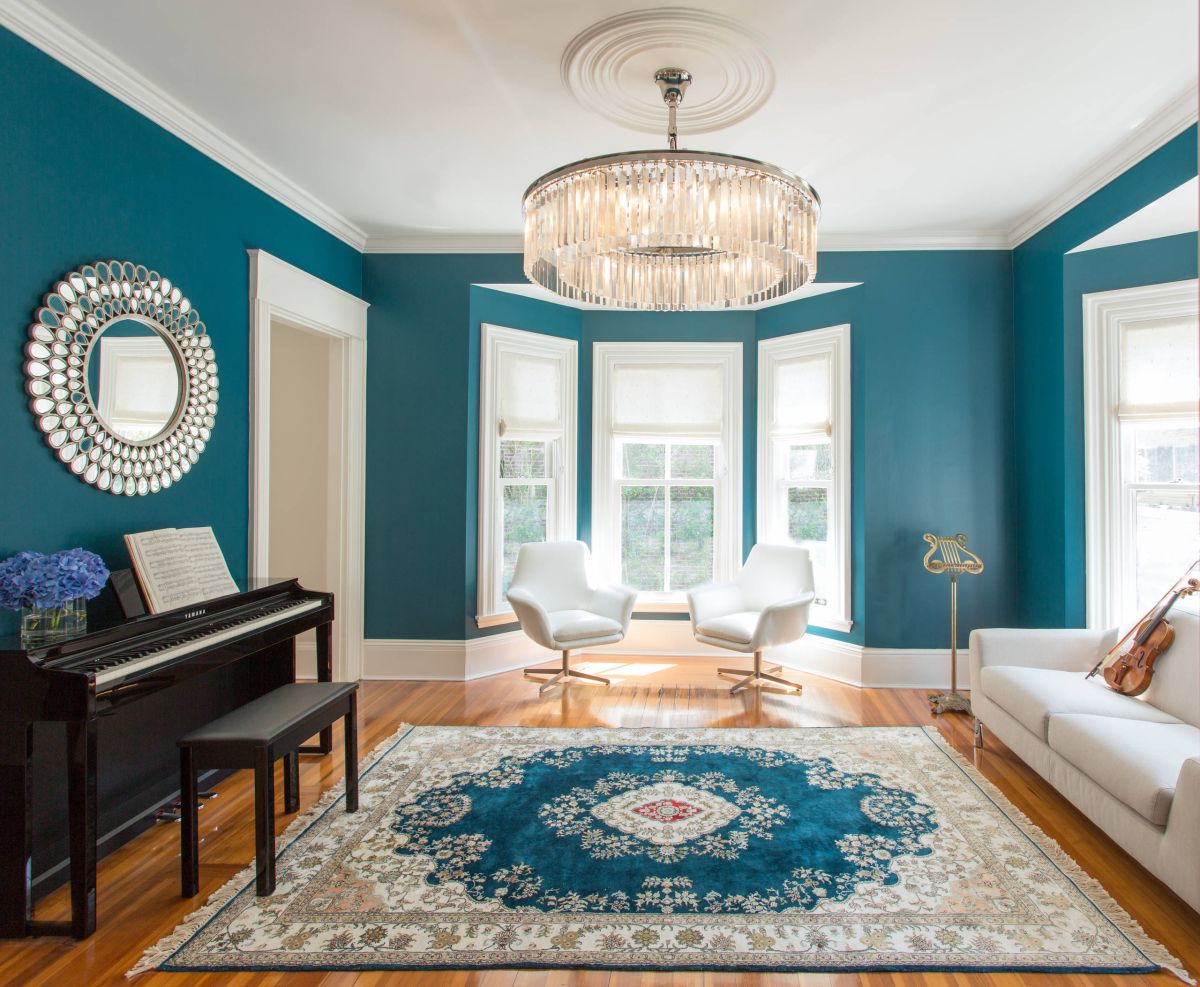

Interior Design
What Color Is Teal? Everything You Need To Know
Modified: February 23, 2024
Discover the secrets of interior design with our comprehensive guide. Learn about the color teal and how to incorporate it into your home decor.
(Many of the links in this article redirect to a specific reviewed product. Your purchase of these products through affiliate links helps to generate commission for Storables.com, at no extra cost. Learn more)
Introduction
Welcome to the world of teal – a color that embodies elegance, tranquility, and a touch of mystery. In this article, we will uncover the secrets behind the stunning hue known as teal. Whether you are an interior design enthusiast, an artist, or simply curious about colors, you’ve come to the right place.
Teal is a unique shade that lies somewhere between blue and green on the color spectrum. Its captivating blend of cool blues and refreshing greens creates a harmonious and visually appealing hue. Teal is often associated with qualities such as balance, harmony, and emotional healing.
The origin of the word “teal” can be traced back to the common teal bird, which has a distinctive greenish-blue color on its wings. The feathered creature’s vibrant hues became the inspiration behind this marvelous shade.
Throughout history, teal has been recognized and admired by various cultures. In ancient Egypt, for example, teal was believed to symbolize life and fertility. The Mesopotamians also valued the color for its association with lush vegetation and abundance.
The creation of teal involves the careful blending of blue and green pigments. Different ratios of these colors can produce various shades within the teal spectrum. The addition of white or gray can result in lighter tones, while the infusion of black can create darker and richer hues.
Teal can range from a soft and soothing turquoise to a deep and intense shade reminiscent of the ocean. Some popular variations of teal include aquamarine, peacock blue, and cerulean.
Teal’s natural counterpart can be found in the stunning beauty of the Caribbean Sea or the lush foliage of a tropical rainforest. From the mesmerizing blue-green waves crashing upon sandy shores to the vibrant plumage of tropical birds, nature exudes the essence of teal in all its splendor.
Artists and designers have long been captivated by the allure of teal. Its versatile nature allows it to be used as a primary color or as an accent in various art forms. From abstract paintings to intricate ceramic creations, teal breathes life and depth into artistic expressions.
Teal carries a multitude of symbolic meanings depending on the context. It is often associated with emotional healing, tranquility, and spiritual growth. The color’s calming and balancing properties make it a popular choice for meditation spaces and therapy rooms.
When it comes to fashion and interior design, teal has become a beloved choice for creating stylish and vibrant spaces. Its ability to add a refreshing pop of color while maintaining a sense of sophistication makes it a versatile option for both contemporary and traditional interiors.
In fashion, teal is often seen in evening gowns and accessories, adding an element of elegance and glamour. In home decor, teal can be found in everything from accent walls to furniture pieces and decorative accents, giving an instant uplift to any space.
As we delve deeper into the enchanting world of teal, we will explore its many shades, its role in art and design, and its significance in various cultures. Whether you are considering incorporating teal into your wardrobe or revamping your living space, this article will provide you with valuable insights and inspiration.
Key Takeaways:
- Teal is a captivating blend of blue and green, symbolizing elegance, tranquility, and emotional healing. Its versatility makes it a popular choice in fashion, interior design, and art.
- From its origins inspired by the common teal bird to its presence in ancient civilizations, teal has a rich history. Its symbolic associations with balance, renewal, and creativity make it more than just a color; it becomes a representation of serenity and harmony.
Definition of Teal
Teal is a color that sits in the middle of the blue-green spectrum, with equal parts blue and green. It is often described as a dark, medium to dark cyan or turquoise color. The name “teal” is derived from the common teal bird, known for its vibrant greenish-blue feathers.
Teal is considered a cool color due to its blue undertones, but it also carries a touch of warmth from the infusion of green. Its unique blend of hues results in a hue that is simultaneously calm and invigorating, making it a popular choice for designers and artists.
Teal is often associated with traits such as peace, balance, and emotional healing. Its soothing properties make it a desirable color for creating tranquil environments, both in nature and in interior design.
In the world of fashion, teal has gained popularity as a versatile and elegant color choice. It is often seen on runways and red carpets, adding a touch of sophistication and glamour to attire. Teal is also commonly used in jewelry and accessories, complementing a wide range of skin tones.
When it comes to interior design, teal has emerged as a go-to color for creating vibrant and modern spaces. Its ability to add a dramatic pop of color while maintaining a sense of sophistication makes it a favorite among designers. Teal can be incorporated into a room’s color scheme through walls, furniture, decor, and accents.
Teal is a versatile color that complements a variety of other shades. It pairs well with neutrals such as white, beige, and gray, creating a soft and refined look. It also harmonizes beautifully with complementary colors like coral or orange, creating a bold and eye-catching combination.
In the world of art, teal is often used to create depth and atmosphere. It can be found in landscapes, seascapes, and abstract artworks, adding a sense of serenity and intrigue. Teal is also a popular choice for creating harmonious color schemes in paintings and illustrations.
Whether it’s in fashion, interior design, or art, teal has established itself as a versatile and captivating color. Its unique blend of blue and green hues creates a visually appealing and harmonious shade that adds depth and personality to any space or creative endeavor.
Origin and History of Teal
The origin of the color teal can be traced back to the ancient world, where it was first inspired by the vibrant hues of the common teal bird. The bird’s striking greenish-blue feathers caught the attention of early civilizations, leading to the development of a color that came to be known as teal.
Ancient civilizations, such as the Egyptians and Mesopotamians, recognized the beauty and significance of teal. In ancient Egypt, teal was associated with the goddess Hathor, who was believed to bring life and fertility. The Egyptians used teal pigments in their artwork and jewelry, creating stunning pieces that showcased the color’s allure.
In Mesopotamia, teal was highly valued for its association with lush vegetation and abundance. In ancient Sumerian and Babylonian civilizations, teal was incorporated into pottery, textiles, and murals, bringing a touch of nature’s beauty into daily life.
The color teal continued to hold significance in various cultures throughout history. In medieval Europe, teal was often used in religious artwork, symbolizing purity, divinity, and transcendence. It appeared in stained glass windows, mosaics, and illuminated manuscripts, adding a celestial touch to sacred spaces.
During the Renaissance period, teal pigments became more widely available, thanks to advancements in dyeing techniques. Artists such as Titian and Vermeer utilized teal in their paintings to capture the essence of water, sky, and nature. The color added depth and realism to their masterpieces, enabling them to evoke emotions and create a sense of harmony.
In the 20th century, the popularity of teal experienced a resurgence. The Art Deco movement embraced teal as a symbol of modernity and sophistication. From fashion to architecture, teal became a staple color that represented elegance and glamour.
Teal’s significance also extends to the world of sports. In the early 1990s, the National Football League’s Jacksonville Jaguars introduced teal as the primary color of their team. This decision sparked a trend in sports branding, as many teams began incorporating teal into their logos and uniforms. The vibrant color became associated with strength, agility, and a competitive spirit.
Today, teal continues to be a beloved hue, cherished for its versatility and timeless appeal. In the world of interior design, teal is often used to create a sense of serenity and harmony in living spaces. Its calming properties make it a popular choice for bedrooms, lounges, and meditation areas.
From ancient civilizations to modern-day design, the rich history of teal showcases its enduring beauty and versatility. Whether used in art, fashion, or interior design, teal remains a color that evokes a sense of intrigue and captivates the imagination.
Mixing Teal Colors
Teal is a captivating color that can be created by mixing blue and green pigments in varying ratios. The exact combination of these colors determines the specific shade of teal that is achieved. By experimenting with different proportions, artists and designers can create a wide range of teal hues to suit their creative vision.
To mix teal, start with a base of blue paint or pigment. Add small amounts of green pigment and mix them thoroughly. As you gradually introduce more green, you will observe the transformation of the blue into a greenish-blue shade, which is the essence of teal. The intensity of the teal color can be adjusted by adjusting the ratio of blue to green.
Adding white to teal creates lighter and more pastel variations of the color. This produces a softer and more delicate look, perfect for creating a calming ambiance. Conversely, adding black to teal produces darker and more intense shades, ideal for adding depth and drama to a composition.
Another technique for creating nuanced teal shades is the addition of gray. Mixing teal with gray results in a muted or desaturated version of the color. This produces a subtle and sophisticated look, often associated with tranquility and elegance.
The process of mixing teal can be further enhanced by incorporating different shades of blue and green into the equation. By using a cool blue as the base and a warm green as the secondary color, you can create a unique teal shade with its own distinct personality.
When blending colors to create teal, it’s important to remember that color perception can vary based on lighting conditions and the surrounding colors. To maintain consistency, it’s recommended to use standardized color swatches or color mixing guides to achieve the desired teal hue accurately.
Keep in mind that the mixing process may differ slightly depending on the medium you are working with. Mixing teal in acrylic paint may have different characteristics compared to mixing it in watercolor or oil paint. Experimentation and practice are key to mastering the art of mixing teal colors.
By understanding the principles of color mixing and exploring the possibilities that blue and green pigments offer, you can unlock a world of teal shades that will add beauty and depth to your art and design projects.
Shades and Variations of Teal
Teal is a versatile color that encompasses a wide range of shades and variations. From subtle and soothing tones to bold and vibrant hues, there is a teal shade to suit every style and preference. Let’s explore some of the popular shades and variations of teal:
1. Turquoise: Turquoise is a popular variation of teal that leans more towards green than blue. It is a bright and vibrant shade that evokes images of tropical waters and sunny skies. Turquoise is often associated with serenity, tranquility, and a sense of adventure.
2. Aquamarine: Aquamarine is a lighter shade of teal with a hint of blue. It is reminiscent of the color of the sea on a clear day, exuding a refreshing and calming energy. Aquamarine is often associated with clarity, communication, and creativity.
3. Peacock Blue: Peacock blue is a rich and luxurious variation of teal. This deep shade of teal is inspired by the vibrant feathers of a peacock. It adds a touch of opulence and drama to any space or design. Peacock blue is often associated with elegance, regality, and a sense of mystery.
4. Mint Teal: Mint teal is a softer and lighter variation of teal that leans more towards green. It is a delicate and refreshing shade that brings a sense of lightness and tranquility to any environment. Mint teal is often associated with freshness, rejuvenation, and harmony.
5. Petrol Teal: Petrol teal is a dark and moody variation of teal with undertones of blue and green. It resembles the color of petroleum or oil on water, creating a mesmerizing and captivating effect. Petrol teal is often associated with depth, sophistication, and a touch of intrigue.
6. Neo Mint: Neo mint is a contemporary take on teal that incorporates a touch of mint green. It is a fresh and modern shade that has gained popularity in fashion and interior design. Neo mint is often associated with innovation, optimism, and a futuristic vibe.
These are just a few examples of the many shades and variations of teal. The beauty of teal lies in its ability to adapt and complement a wide range of colors and styles. Whether you prefer a light and airy ambiance or a bold and dramatic look, teal offers endless possibilities for creative expression.
When using teal in your designs or decor, consider the mood and atmosphere you wish to create. Lighter shades of teal can create a calming and serene environment, while darker shades can add depth and intensity. Play with different combinations and pairings to find the perfect shade that resonates with your personal style and vision.
Embrace the versatility of teal and let your imagination soar as you explore the vast spectrum of shades and variations that this captivating color has to offer.
Teal is a blue-green color, often described as a dark cyan. It is named after the common teal bird, which has a similar colored stripe on its head.
Teal in Nature
Teal, with its remarkable blend of blue and green, is a color that can be found abundantly in the natural world. Whether it’s the depths of the ocean, the vivid plumage of birds, or the lush foliage of a tropical paradise, teal can be seen in various elements of nature. Let’s explore some of the ways teal manifests in the natural world:
1. Marine Wonders: Teal is reminiscent of the mesmerizing blues and greens seen in the world’s oceans, seas, and lakes. From the crystal clear waters of the Caribbean to the vibrant hues of the Great Barrier Reef, teal can be spotted in the depths of these aquatic wonders. Teal represents the tranquility, depth, and mystery that lies beneath the surface.
2. Avian Beauties: Many birds boast stunning plumage that showcases shades of teal. The common teal bird, from which the color derived its name, exhibits vibrant greenish-blue feathers on its wings. Peacocks, kingfishers, and mallards are just a few examples of avian species that showcase teal in their feathers. The harmonious combination of blue and green feathers adds a touch of majesty and allure to these birds.
3. Tropical Paradise: Teal is often associated with lush and tropical environments, where vibrant green foliage is juxtaposed against the serene blue waters. The dense and diverse vegetation found in rainforests and tropical jungles provides a canvas of teal tones. From the leaves of palm trees to the canopy of the forest, teal infuses nature with a sense of vibrancy and harmony.
4. Gemstone Inspiration: Teal can also be found in various precious gemstones and minerals. For example, turquoise is a teal-colored gemstone that has been highly valued for centuries. Traditionally associated with protection and wisdom, turquoise carries the essence of teal in its stunning hues. Other gemstones such as aquamarine and tourmaline can also showcase different variations of teal.
5. Floral Delights: While teal is not as commonly found in flowers, there are a few exceptions. Some orchids and tropical flowers feature petals with hints of teal, adding a unique and captivating touch. These rare blooms are a testament to the diversity of colors found in the natural world and the beauty that teal brings to flora.
The presence of teal in nature reflects a harmonious balance of blue and green, evoking a sense of tranquility, vitality, and connection to the environment. It reminds us of the beauty that surrounds us and invites us to appreciate the wonders of the natural world.
Next time you find yourself near a shimmering body of water, in the midst of a lush forest, or admiring the graceful flight of a bird, take a moment to connect with the teal hues and allow their calming and captivating energy to envelop you.
Teal in Art and Design
Teal, with its unique blend of blue and green, has long been a favorite color choice for artists and designers alike. Its versatility and visual appeal make it a popular option for incorporating into various art forms and design projects. Let’s explore how teal is used in art and design:
1. Painting and Drawing: Teal plays a significant role in the world of painting and drawing. Artists use teal pigments and paints to create stunning landscapes, seascapes, and abstract artworks. Teal can add depth and dimension to a painting, whether it’s depicting the calmness of a tranquil lake or the powerful waves of the ocean. It can also be used as a base color or as an accent to add vibrancy and visual interest to a composition.
2. Photography: Photographers often seek out the striking presence of teal in nature and urban environments. It can be found in the clear blue-green waters of tropical destinations, the reflections in glass skyscrapers, or the delicate petals of flowers. Teal adds an element of intrigue and visual impact to photographs, capturing the viewer’s attention and creating a sense of serenity.
3. Fashion and Textiles: Teal has become a popular color choice in the world of fashion and textiles. Designers incorporate teal into clothing, accessories, and fabrics to add a sense of elegance and sophistication. Whether it’s a teal silk gown on the red carpet or a vibrant teal scarf adding a pop of color to an outfit, teal adds a touch of refinement and style.
4. Interior Design: In interior design, teal is highly valued for its ability to create a visually appealing and harmonious space. Teal can be used as a focal point in a room, such as an accent wall or statement furniture piece. It can also be incorporated through textiles, such as teal-colored curtains or throw pillows, to add a pop of color and create a sense of balance and warmth in a space. Teal is a versatile color that works well with neutrals, metallics, and other complementary colors, making it a popular choice for creating stylish and contemporary interiors.
5. Graphic Design and Branding: Teal is frequently used in graphic design and branding to convey a sense of professionalism, reliability, and sophistication. Its calming and balanced qualities make it a popular choice for logos, websites, and marketing materials. Teal is often seen in industries such as technology, finance, and wellness, where it can create a sense of trust and authenticity.
Teal’s versatility and captivating appeal make it a go-to color for artists and designers across various disciplines. Its ability to evoke a range of emotions and enhance visual compositions make it a timeless choice in the creative world.
Whether it’s through the strokes of a paintbrush, the lens of a camera, the drape of a fabric, or the pixels on a screen, teal continues to inspire and captivate both artists and audiences alike.
Symbolism and Associations of Teal
Teal is more than just a beautiful color; it also carries symbolism and associations that span different cultures and disciplines. From emotional healing to spiritual growth, teal holds deep meaning and resonates with individuals in various ways. Let’s explore some of the common symbolism and associations of teal:
1. Emotional Healing: Teal is often associated with emotional healing and balance. The color’s calming and soothing properties can help alleviate stress, anxiety, and promote a sense of harmony. It is frequently used in therapy rooms, meditation spaces, and wellness environments to create a peaceful atmosphere that aids in emotional well-being.
2. Tranquility and Calmness: Teal exudes a sense of tranquility and calmness. It is often linked to serenity, peace, and a restorative energy. The color’s cool undertones of blue combined with the calming influence of green create a visual harmony that can evoke a sense of relaxation and repose.
3. Spiritual Growth: Teal is also associated with spiritual growth and exploration. Its ethereal qualities connect to the higher self and stimulate introspection and self-reflection. Teal encourages individuals to delve into their innermost thoughts and emotions, aiding in personal and spiritual development.
4. Harmony and Balance: Teal symbolizes harmony and balance due to its unique blend of blue and green. It represents the harmonious coexistence of opposing forces and the integration of different aspects of life. Teal encourages individuals to find equilibrium, both within themselves and in their external environments.
5. Creativity and Inspiration: Teal is often linked to creativity and inspiration. Its refreshing and invigorating qualities can stimulate the mind and encourage innovative thinking. Many artists and designers turn to teal to spark their imagination and infuse their creations with a unique energy.
6. Rejuvenation and Renewal: Teal is associated with rejuvenation and renewal, like the rebirth of nature in the spring. Its vibrant and lively qualities promote a sense of freshness, vitality, and a new beginning. Teal can inspire individuals to let go of the past and embrace new opportunities with optimism.
It’s important to note that the interpretation of teal’s symbolism and associations can vary depending on personal experiences, cultural beliefs, and individual perspectives. Different cultures and traditions may assign different meanings to the color teal, further enriching its significance.
Whether you find solace and emotional healing in the color, draw creative inspiration from its vibrant hues, or celebrate its symbolic representation of balance and renewal, teal holds a treasured place in the hearts and minds of many.
Embrace the symbolism of teal and allow it to guide you on a journey of self-discovery, inner peace, and creative expression.
Teal in Fashion and Interior Design
Teal has become a beloved color choice in both the world of fashion and interior design, thanks to its versatility, elegance, and ability to create visually stunning spaces. Whether used as an accent or as a primary color, teal adds a touch of sophistication and vibrancy to any setting. Let’s explore how teal is being embraced in fashion and interior design:
Fashion:
Teal has made a strong presence in the fashion industry, adorning runways, red carpets, and everyday attire. The color’s timeless appeal and flattering qualities make it a popular choice for designers and fashion enthusiasts. Here’s how teal is making waves in the fashion world:
1. Evening Gowns and Dresses: Teal is frequently seen gracing the bodices and flowing skirts of evening gowns and dresses. Its rich, jewel-like hue exudes elegance and glamour, making it a favored color for formal events and special occasions.
2. Accessories: From handbags to shoes and jewelry, teal accessories add a pop of color and sophistication to any outfit. Teal-colored handbags, statement necklaces, or a pair of teal pumps can instantly elevate a look and make a bold fashion statement.
3. Prints and Patterns: Teal is often incorporated into various prints and patterns, adding depth and interest to fabrics. Floral prints, geometric patterns, and abstract designs featuring teal create visually captivating garments that catch the eye and exude personality.
Interior Design:
Teal has become a staple color in interior design, loved for its ability to transform spaces and create a sense of style and tranquility. Whether used sparingly or as a dominant color, teal adds depth and character to various interior design elements. Here’s how teal is bringing life to interior spaces:
1. Accent Walls: Teal accent walls create a focal point in a room, adding drama and sophistication. Whether in a bedroom, living room, or dining area, a teal wall can serve as a striking backdrop for furniture and decor, injecting personality and visual interest.
2. Furniture and Upholstery: Teal-colored sofas, chairs, and ottomans are increasingly popular choices for adding a stylish touch to a room. Teal upholstery injects vibrancy and depth into a space, allowing furniture pieces to stand out while maintaining a sense of elegance and sophistication.
3. Decorative Accents: Teal decorative accents, such as throw pillows, curtains, rugs, and artwork, can introduce a splash of color and tie a room’s color scheme together. Teal’s ability to coordinate with a variety of other hues makes it a versatile choice for adding visual interest and a touch of luxury.
4. Bathroom and Kitchen: Teal can transform mundane spaces into luxurious retreats. Teal tiles, countertops, or cabinets in bathrooms and kitchens create a sense of tranquility and sophistication, enhancing the functionality and aesthetic appeal of these spaces.
Whether in the world of fashion or interior design, teal is celebrated for its ability to add a sense of vibrancy, elegance, and visual interest. Its versatility allows it to be incorporated into a wide range of styles and settings.
Embrace the allure of teal in your fashion choices and interior design projects, and let this captivating color breathe life and personality into your surroundings.
Read more: Everything You Need To Know About Ladders
Conclusion
Teal is a truly remarkable color that has firmly established its place in the world of art, design, and our everyday lives. With its captivating blend of blue and green, teal conveys a sense of elegance, tranquility, and visual richness that is hard to ignore.
From its origins inspired by the vibrant feathers of the common teal bird to its presence in ancient civilizations and its timeless popularity in fashion and interior design, teal has made its mark throughout history. It continues to evolve and inspire as artists, designers, and individuals incorporate it into their creative endeavors and personal spaces.
Teal’s symbolic associations with emotional healing, spiritual growth, and harmony make it more than just a color; it becomes a representation of serenity, rejuvenation, and balance. Teal has the power to create environments that soothe the soul, invite reflection, and spark creativity.
In fashion, teal adds elegance and a touch of glamour, whether it’s in flowing evening gowns, accessories, or prints. In interior design, teal helps create stylish and vibrant spaces, from accent walls and furniture pieces to decorative accents and textiles.
As we explore the shades and variations of teal and its presence in nature, art, and design, we are reminded of its versatile nature and its ability to adapt to different styles and evoke various emotions.
Teal is a color that invites us to embrace the beauty of our surroundings and find balance within ourselves. Its calming and uplifting qualities remind us to take a moment to appreciate the wonders of the natural world, nurture our creativity, and seek harmony in our daily lives.
So, whether you’re stepping out in a teal outfit, transforming your home with teal accents, or creating art inspired by the captivating hues of teal, embrace the allure of this color. Let it infuse your world with its elegance, serenity, and harmonious energy.
Open your eyes to the possibilities that teal presents, and allow it to inspire and add a touch of magic to every aspect of your life.
Frequently Asked Questions about What Color Is Teal? Everything You Need To Know
Was this page helpful?
At Storables.com, we guarantee accurate and reliable information. Our content, validated by Expert Board Contributors, is crafted following stringent Editorial Policies. We're committed to providing you with well-researched, expert-backed insights for all your informational needs.
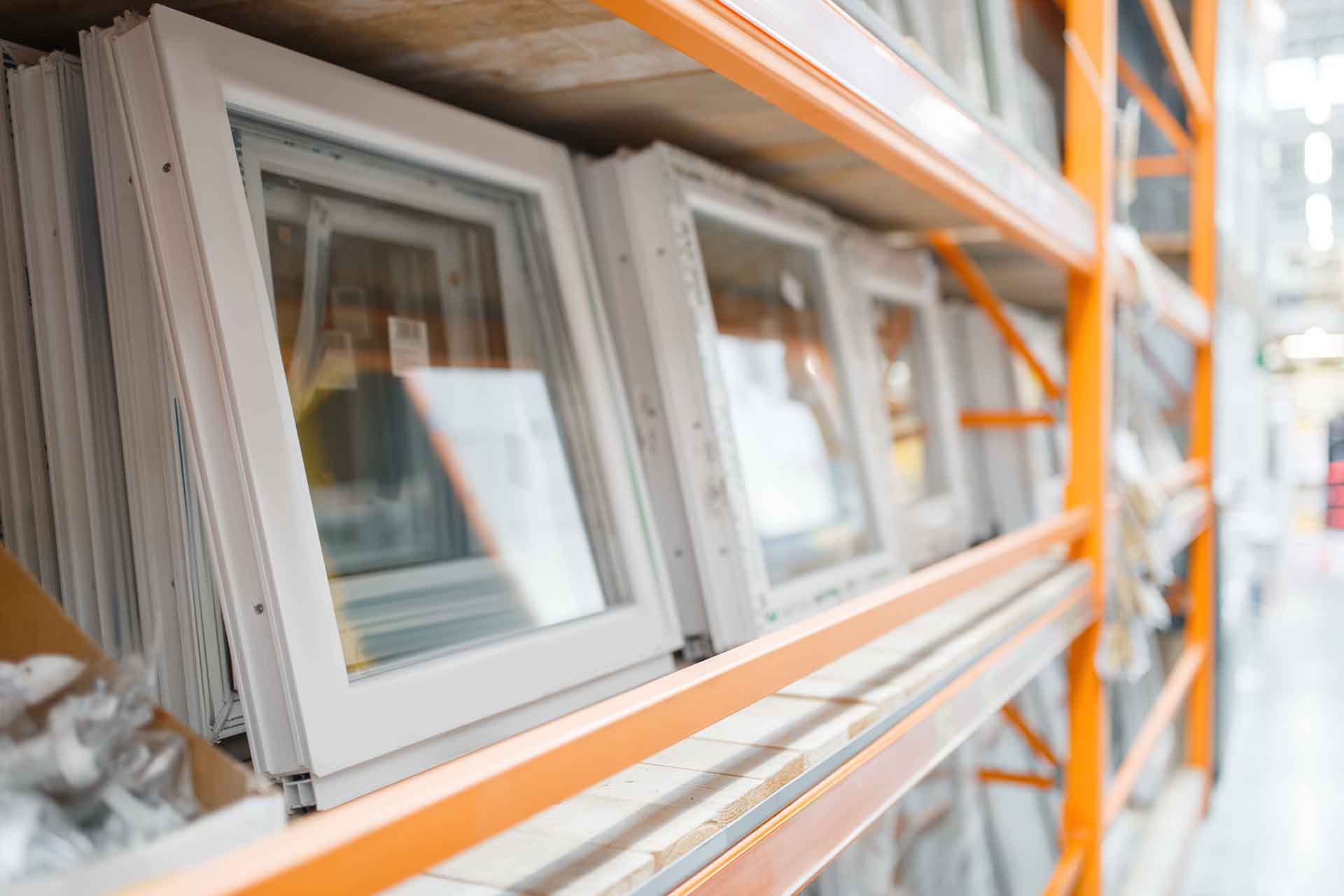
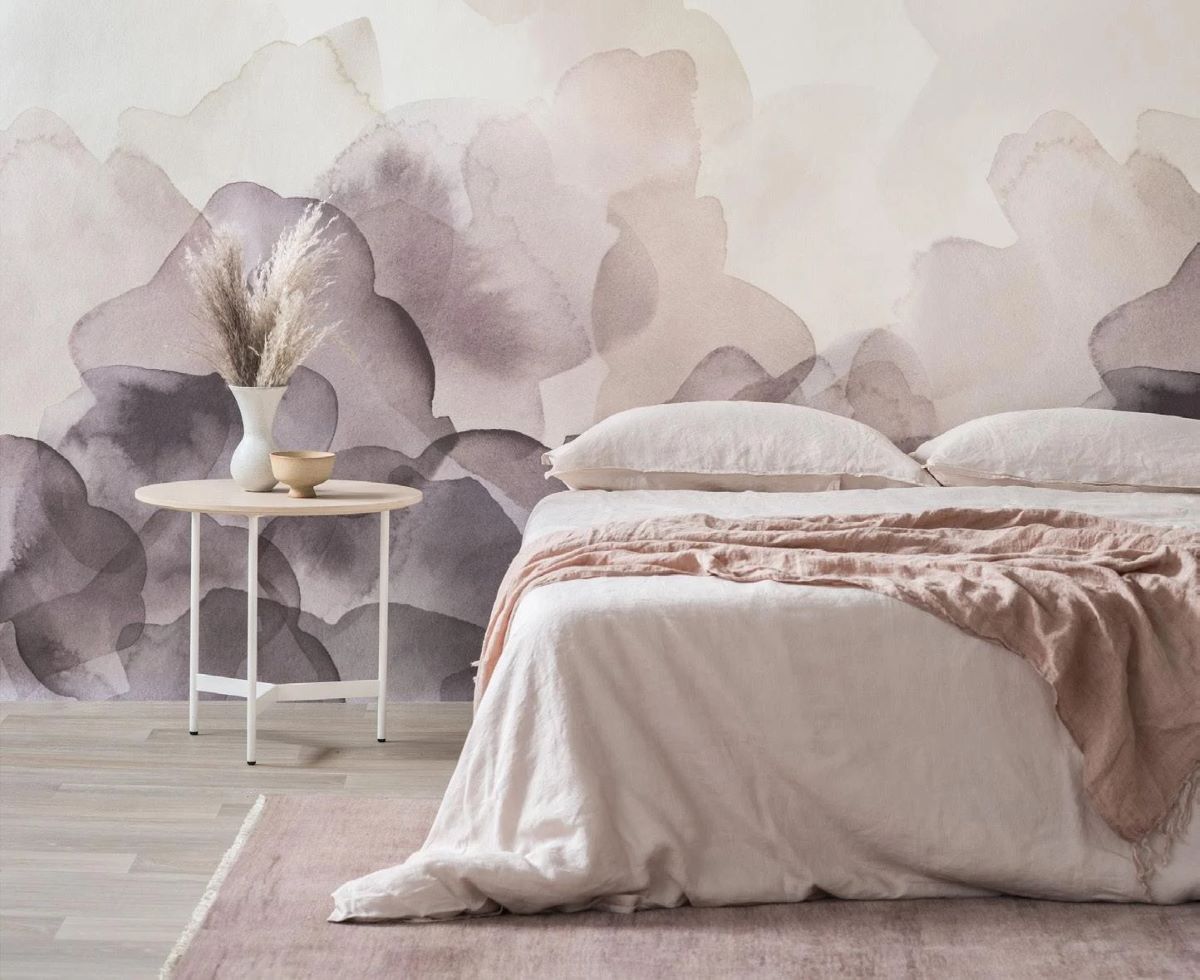
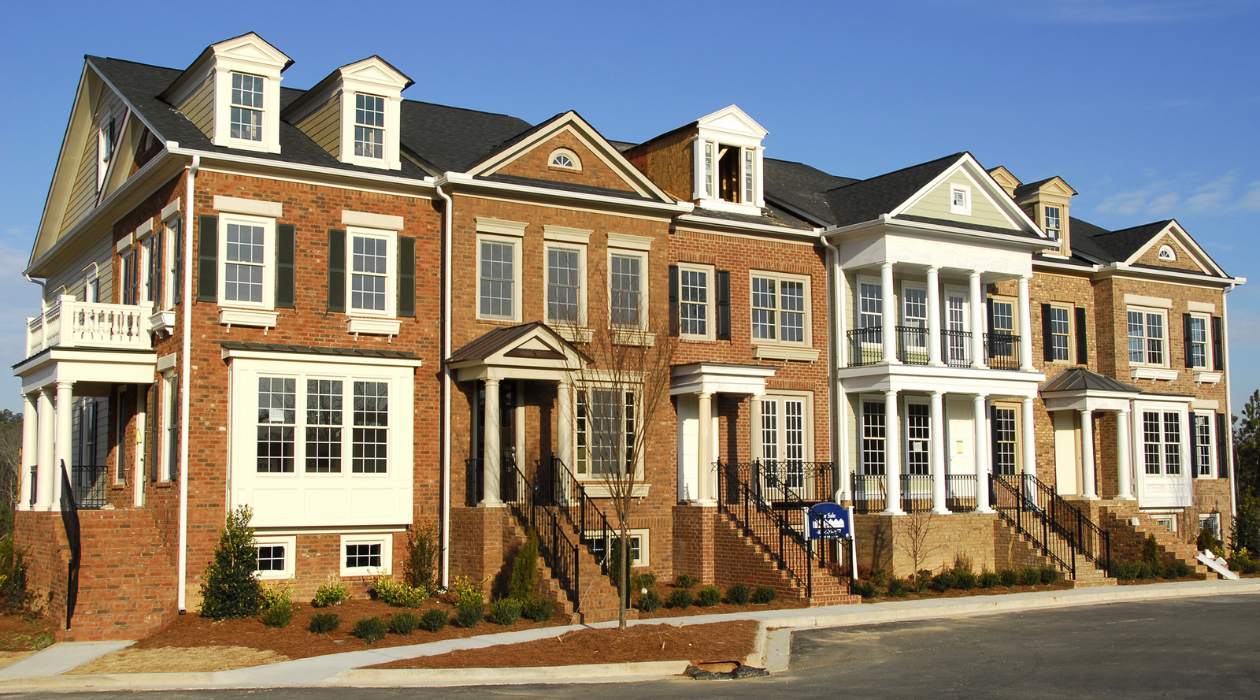

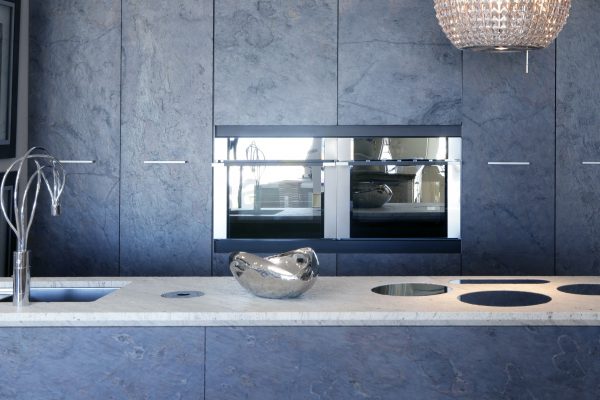
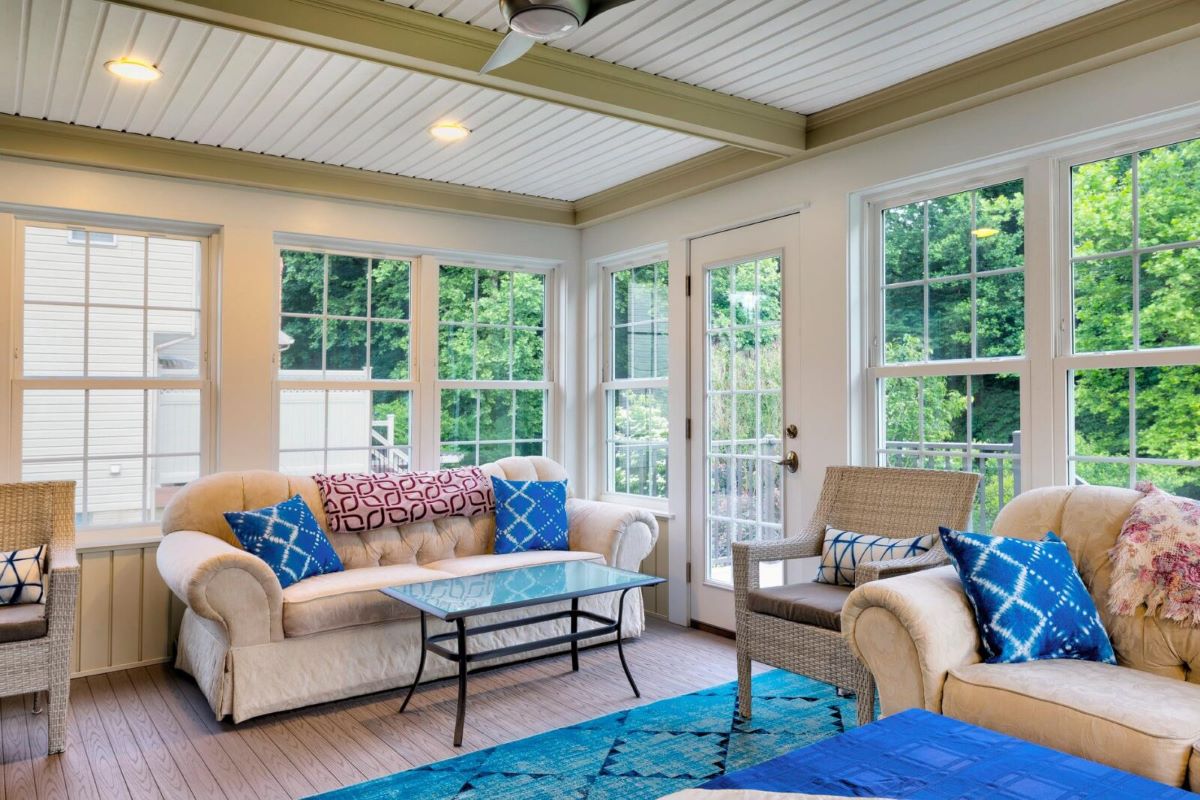
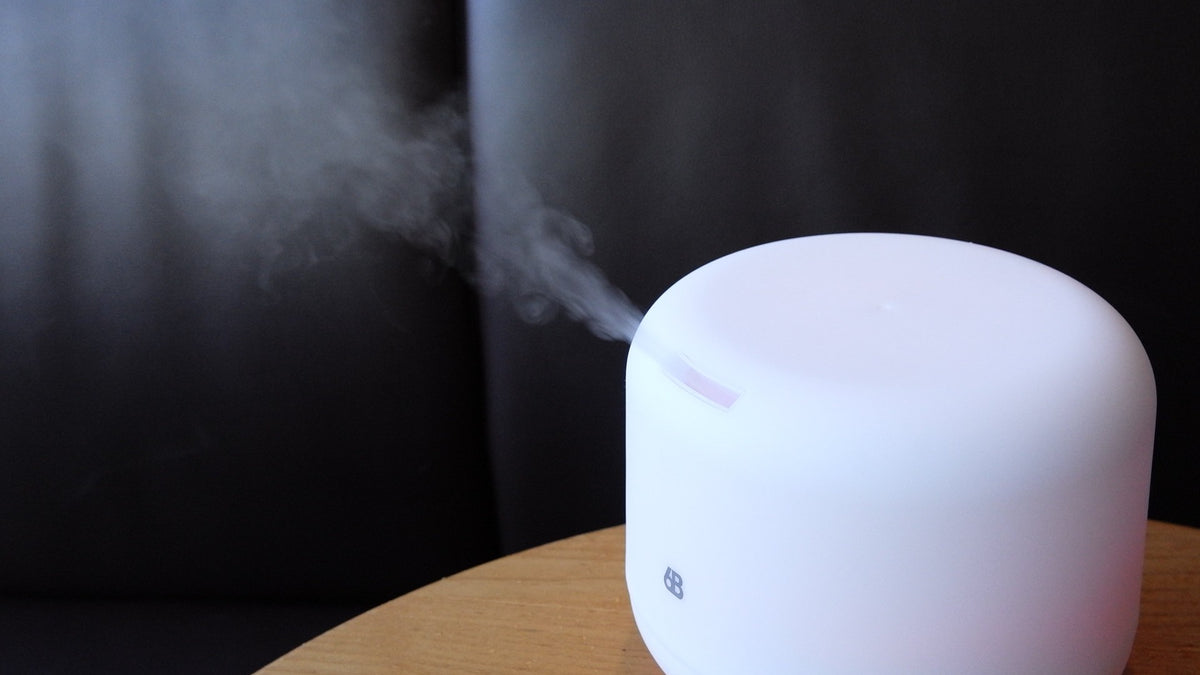
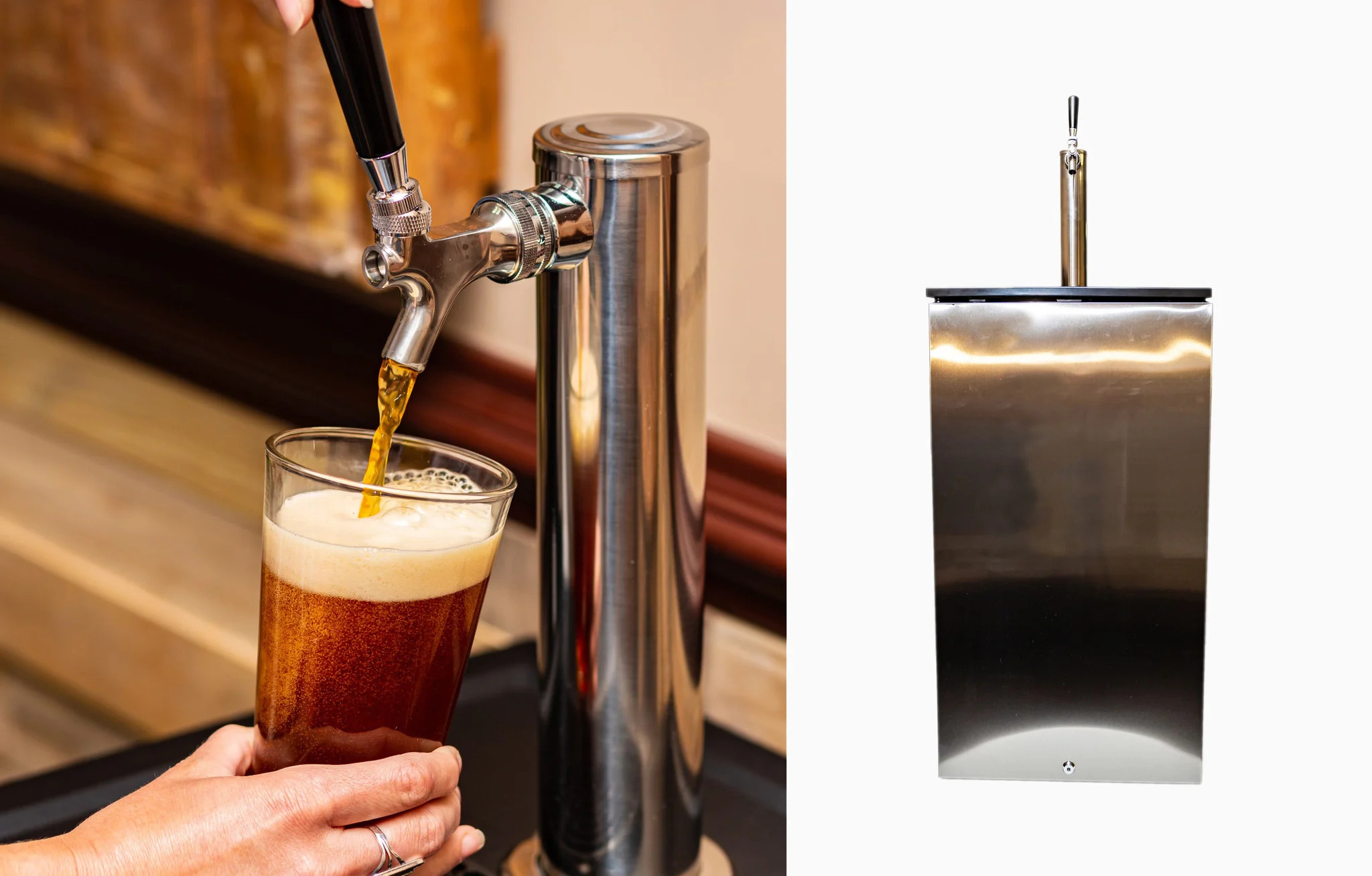
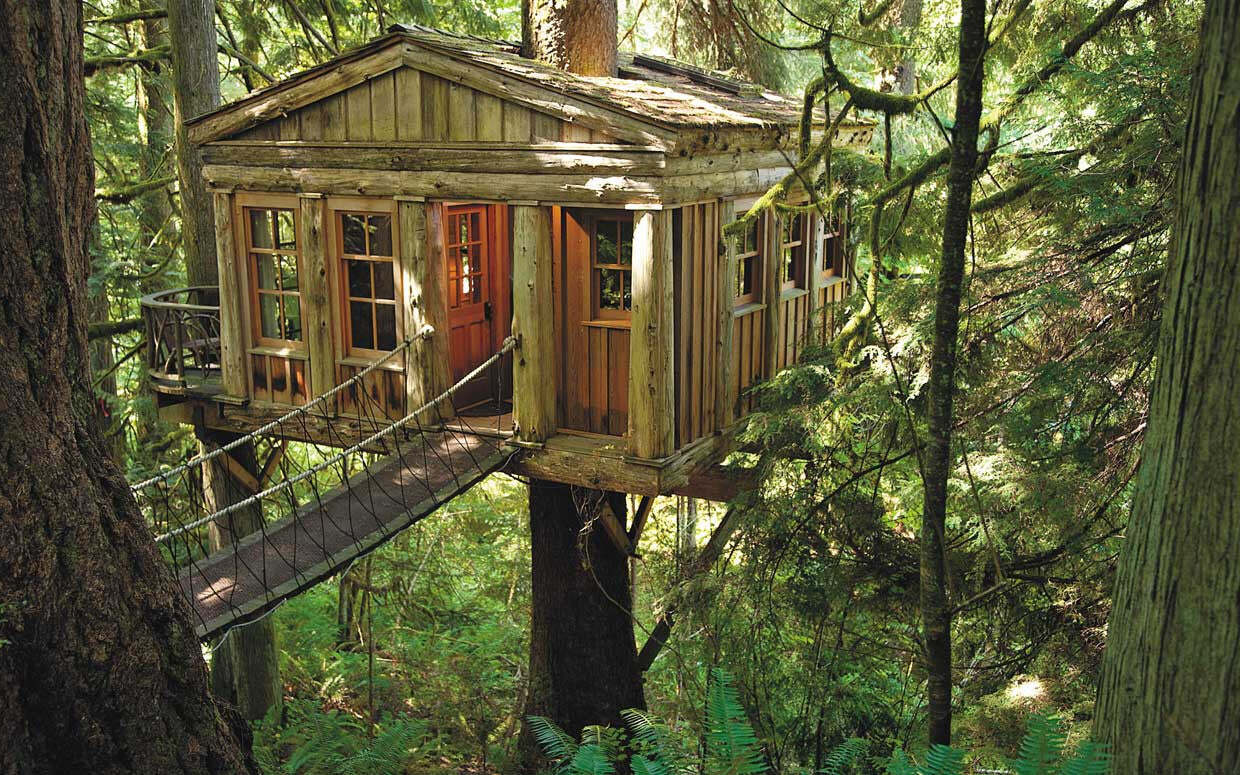
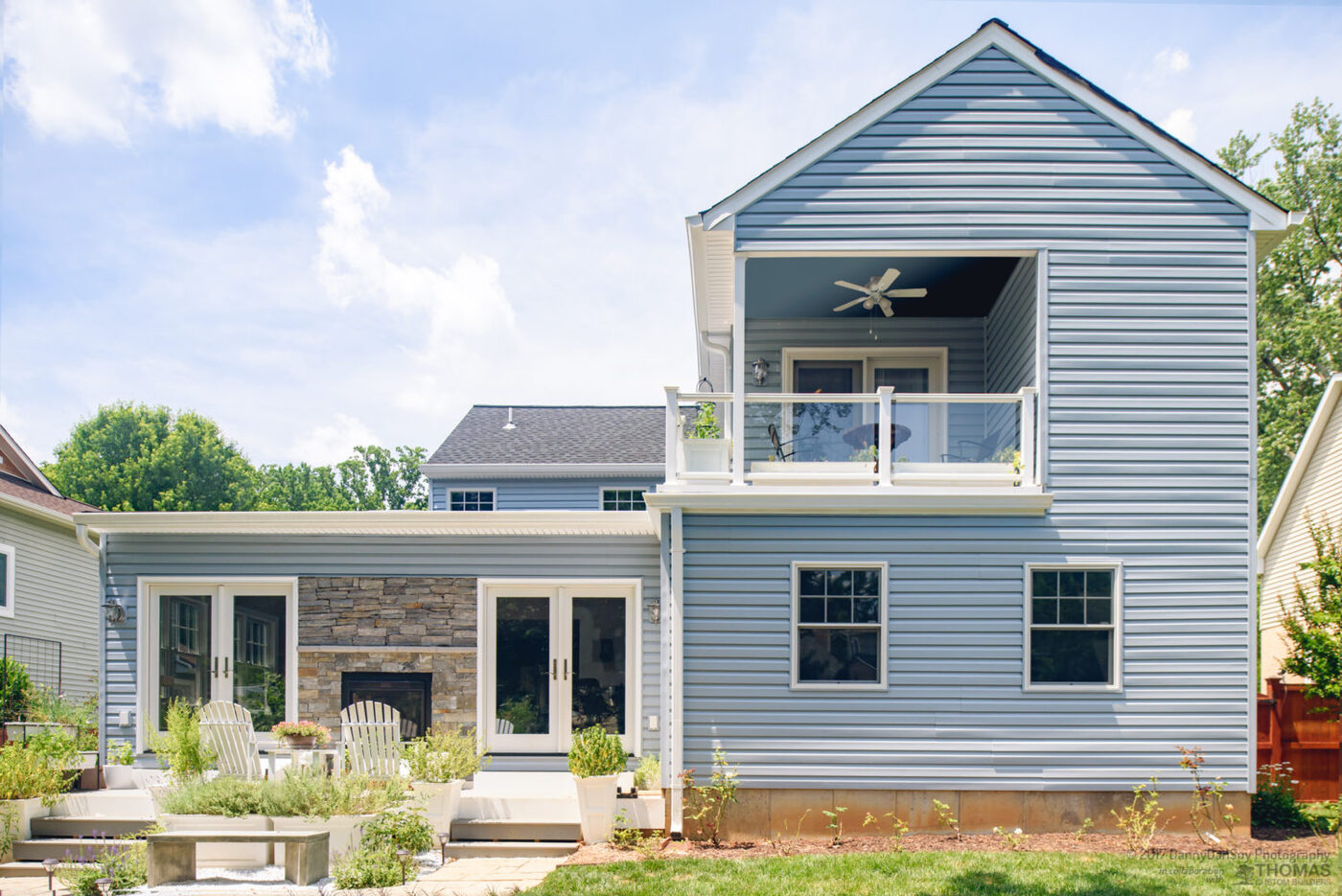
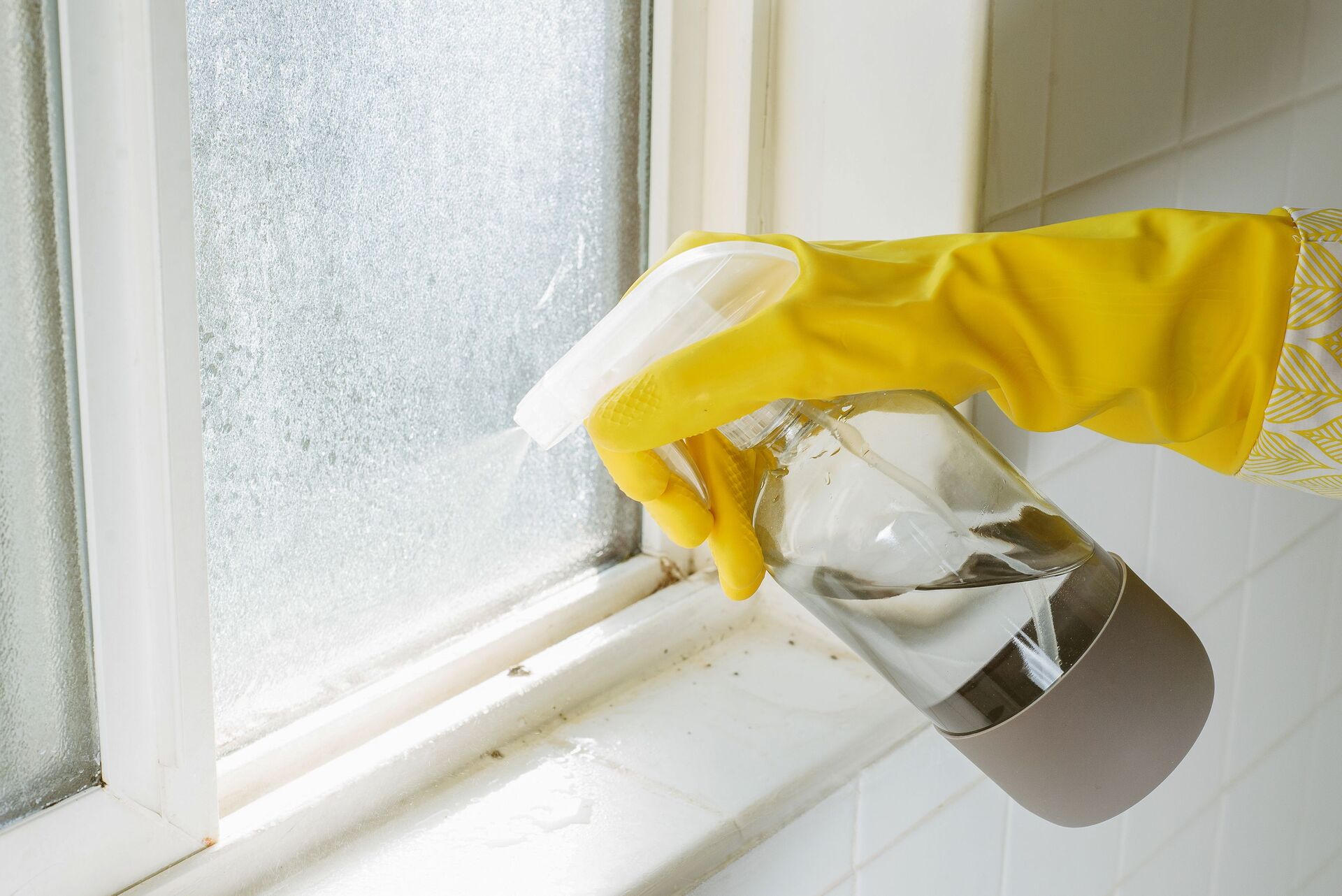

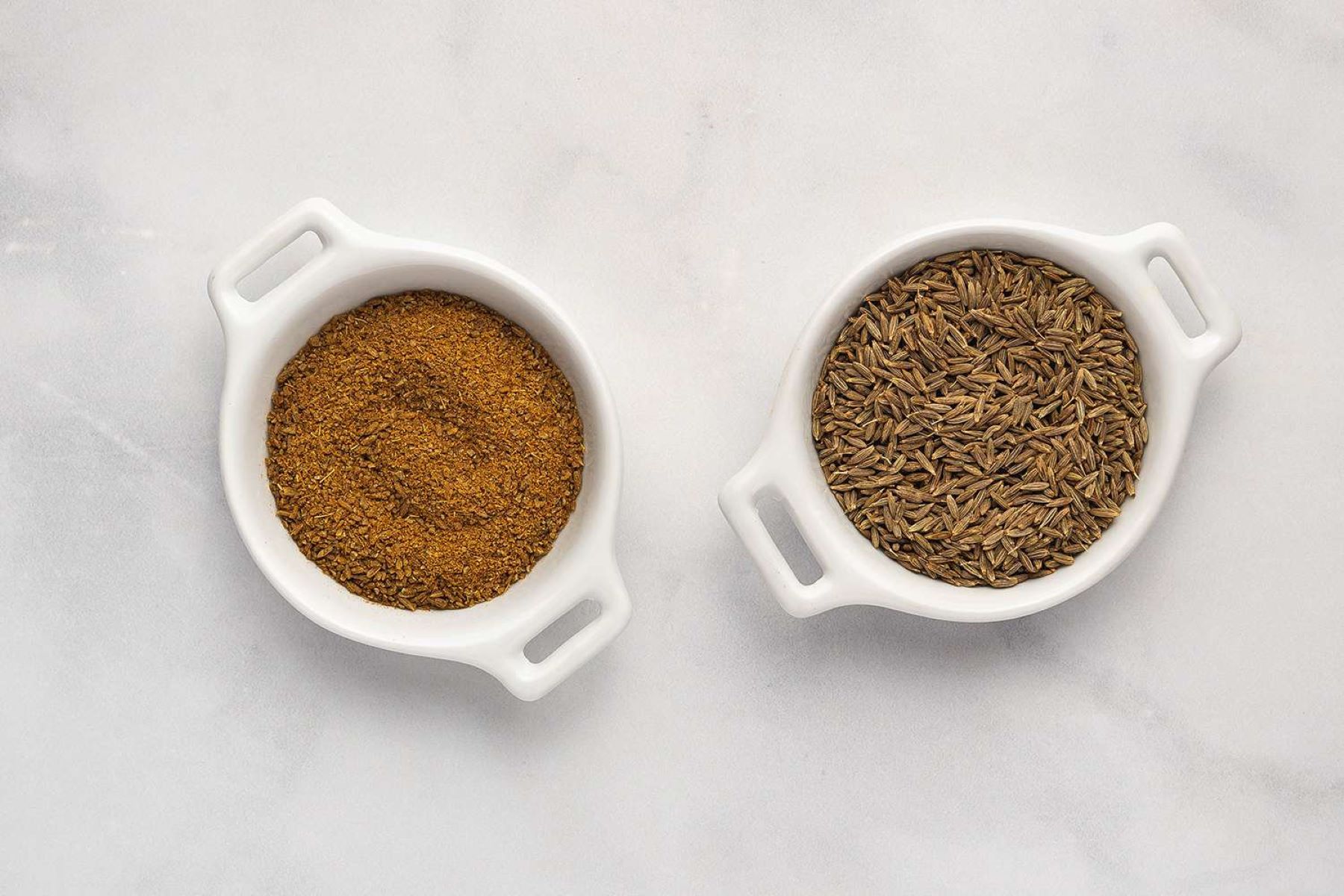

0 thoughts on “What Color Is Teal? Everything You Need To Know”